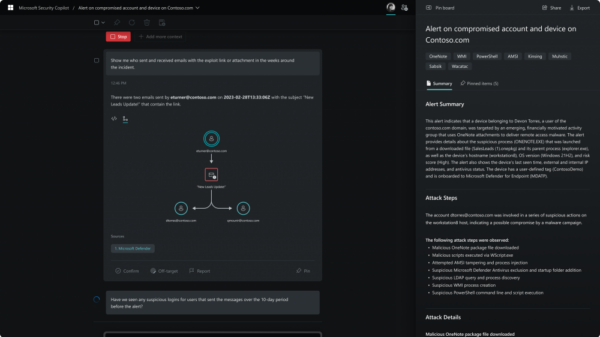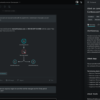Playing defense is always more difficult than being on the attack, because defense is always reactive on some level. This concept is especially true in cybersecurity, where adversaries can take as many shots as they want at an organization, while the poor security team has to be perfect every time to prevent a successful attack.












